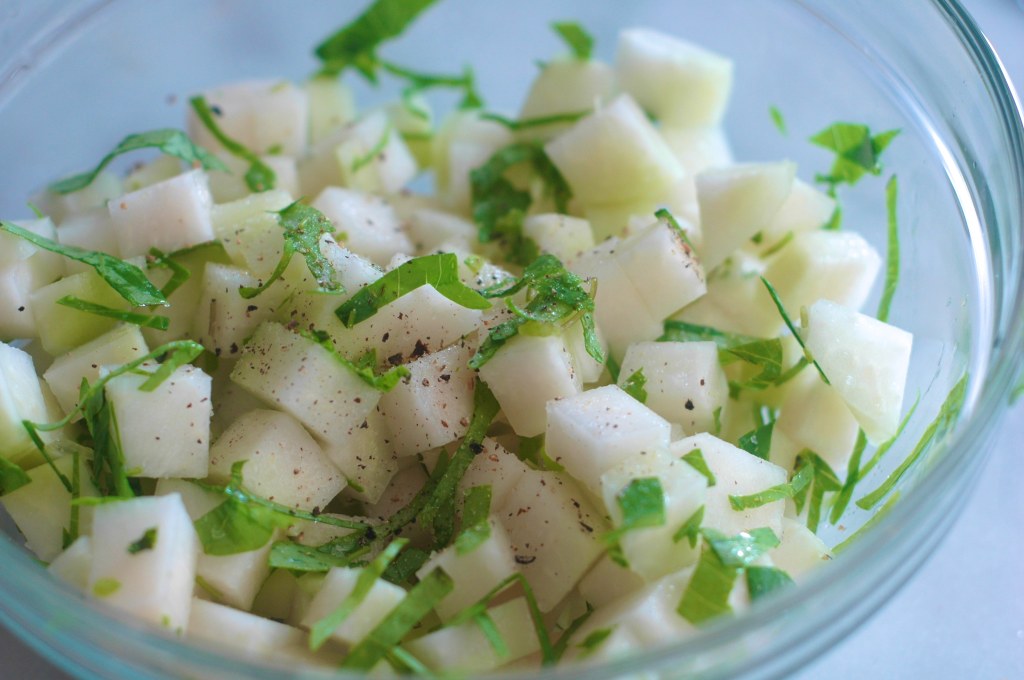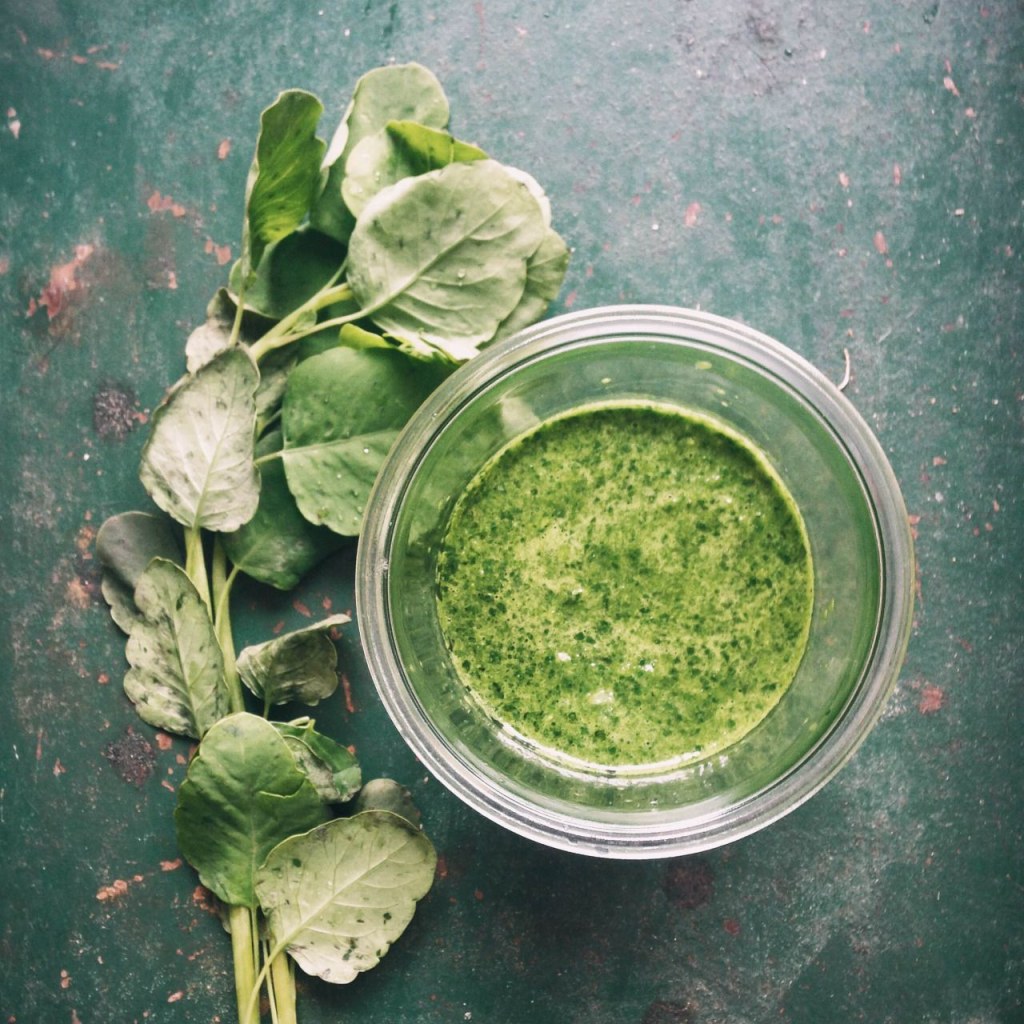Discover The Exquisite Papalo Recipe: A Mouthwatering Delight You Can’t Resist!
Papalo Recipe: A Flavorful and Refreshing Dish
Introduction
Welcome, Culinary Enthusiasts, to our delightful journey into the world of Papalo recipe! This traditional Mexican herb has gained popularity in recent years for its unique flavor and versatility in various dishes. In this article, we will explore the origins of Papalo, its health benefits, and how you can incorporate it into your cooking. So, let’s dive in and discover the wonders of Papalo!
2 Picture Gallery: Discover The Exquisite Papalo Recipe: A Mouthwatering Delight You Can’t Resist!


What is Papalo?
Papalo, scientifically known as Porophyllum ruderale, is a leafy herb native to Mexico. It belongs to the Asteraceae family and is often referred to as Papaloquelite or Bolivian coriander. With its vibrant green leaves and distinct aroma, Papalo adds a refreshing and tangy flavor to dishes.
Who Uses Papalo?

Image Source: i0.wp.com
Papalo is widely used in Mexican cuisine, particularly in regions like Puebla and Mexico City. It has been a staple ingredient in traditional Mexican dishes for centuries. Chefs and home cooks alike appreciate Papalo for its ability to elevate the taste of various recipes, including salsas, guacamole, tacos, and salads.
When to Use Papalo?
Papalo is best used fresh, as its flavor and aroma are at their peak. It is typically added towards the end of the cooking process or used as a garnish to retain its vibrant taste. Whether you’re hosting a summer barbecue, craving a zesty salad, or preparing a mouthwatering salsa, Papalo can be your secret ingredient to take your dishes to the next level.
Where to Find Papalo?

Image Source: pinimg.com
Papalo can be found in local farmers’ markets, specialty grocery stores, or even grown in your own herb garden. Its popularity has increased in recent years, making it more accessible to culinary enthusiasts around the world. Look for fresh Papalo leaves with a bright green color and a strong, aromatic scent to ensure the best quality.
Why Choose Papalo?
Papalo offers a unique flavor profile that sets it apart from other herbs. Its taste has been described as a combination of cilantro, arugula, and lime, with hints of floral notes. This distinct flavor adds depth and complexity to your dishes, making them truly unforgettable. Additionally, Papalo is rich in essential nutrients, including vitamins A and C, calcium, and iron, making it a healthy choice for your culinary creations.
Ingredients for Papalo Recipe
To prepare a delicious Papalo recipe, you will need the following ingredients:
1 cup fresh Papalo leaves
2 cloves garlic, minced
1 jalapeno, seeds removed and finely chopped
1 tablespoon lime juice
Salt to taste
Optional: 1 ripe avocado, diced
Optional: 1 small tomato, diced
Instructions for Papalo Recipe
Follow these simple steps to create a flavorful Papalo dish:
In a mortar and pestle, crush the garlic and jalapeno together until they form a paste.
Add the fresh Papalo leaves to the mortar and gently crush them to release their flavors.
Transfer the mixture to a bowl and add lime juice and salt. Mix well.
If desired, add diced avocado and tomato to the bowl and gently combine all the ingredients.
Allow the flavors to meld for about 10 minutes before serving.
Use the Papalo mixture as a topping for tacos, grilled meats, or as a dip for tortilla chips.
Enjoy the vibrant flavors of Papalo!
Serving Suggestions for Papalo Recipe
Here are some creative ways to serve your Papalo recipe:
Sprinkle the Papalo mixture over grilled chicken or fish for an extra burst of flavor.
Add it to your favorite salad as a zesty dressing.
Use it as a spread on sandwiches or wraps for a refreshing kick.
Techniques and Tips for Papalo Recipe
Make the most out of your Papalo recipe with these useful tips:
To preserve the freshness of Papalo, store it in a damp paper towel in the refrigerator.
Experiment with the amount of jalapeno and lime juice to adjust the spiciness and tanginess to your preference.
For a creamier texture, blend the Papalo mixture with Greek yogurt or sour cream.
Frequently Asked Questions (FAQ)
1. Can I substitute Papalo with cilantro in a recipe?
While cilantro shares some flavor similarities with Papalo, the taste is not entirely the same. However, if you can’t find Papalo, cilantro can be used as a substitute.
2. Is Papalo suitable for vegetarians and vegans?
Yes, Papalo is plant-based and suitable for both vegetarians and vegans.
3. Can I dry Papalo for future use?
Papalo is best used fresh, as drying it can cause a loss of flavor and aroma. However, you can freeze Papalo leaves in an airtight container for long-term storage.
4. Are there any other traditional Mexican dishes that use Papalo?
Absolutely! Papalo is often used in traditional Mexican soups, stews, and ceviche.
5. Can I grow Papalo in my own herb garden?
Yes, Papalo can be grown in herb gardens. It thrives in warm climates and requires well-draining soil and ample sunlight.
Conclusion
Now that you have discovered the wonders of Papalo, it’s time to unleash your culinary creativity and add this flavorful herb to your repertoire of recipes. Whether you’re a seasoned chef or a home cook, Papalo can elevate your dishes with its unique taste and vibrant aroma. So, grab your mortar and pestle, gather the ingredients, and embark on a flavorful journey with Papalo. Let your taste buds dance with joy as you savor the deliciousness of this traditional Mexican herb!
Remember, the key to mastering any recipe is practice and experimentation. Don’t be afraid to add your personal touch and adapt the Papalo recipe to suit your preferences. Enjoy the journey and happy cooking!
Final Remarks
Disclaimer: The information provided in this article is for educational and informational purposes only. Consult with a qualified healthcare professional or nutritionist for personalized advice and guidance regarding dietary considerations and nutritional information. The author and publisher of this article are not responsible for any adverse effects or consequences resulting from the use of any suggestions or recipes mentioned herein.
This post topic: Recipe


